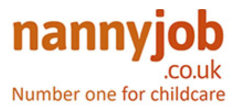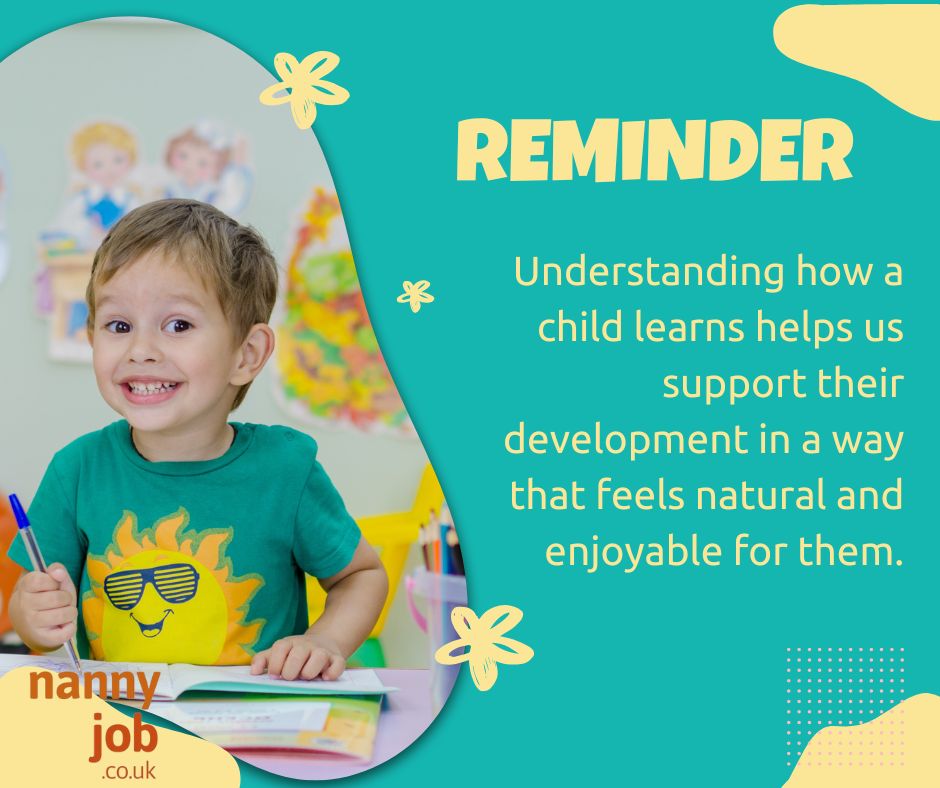Introduction
Every child learns differently, and understanding their learning style can help parents, nannies, and caregivers support their development in the best possible way. Some children learn by seeing, others by hearing, and some by doing.
By recognizing whether a child is an auditory, visual, or kinaesthetic learner, we can tailor activities to suit their strengths, making learning more engaging, effective, and fun!
Let’s explore the three main learning styles, how to identify them, and practical ways to support each type of learner.
The Three Main Learning Styles

- These children process information best through images, diagrams, and demonstrations.
- They enjoy colorful books, flashcards, and watching videos.
Signs Your Child May Be a Visual Learner:


Activities for Visual Learners:



- These children learn best by hearing and talking about concepts.
- They enjoy music, storytelling, and discussions.
Signs Your Child May Be an Auditory Learner:


Activities for Auditory Learners:



- These children learn best through movement, hands-on activities, and physical experiences.
- They enjoy role-play, experiments, and active play.
Signs Your Child May Be a Kinaesthetic Learner:


Activities for Kinaesthetic Learners:


How Parents & Nannies Can Support Different Learning Styles

- Watch how they respond to books, toys, and activities. Do they love looking, listening, or doing?

- Most children benefit from a combination of learning styles, so try different approaches and see what works best.

- Simple activities like storytelling, singing, drawing, or outdoor play can reinforce learning in ways suited to each child.
Conclusion
Understanding how a child learns helps us support their development in a way that feels natural and enjoyable for them. Whether they are visual, auditory, or kinaesthetic learners, we can tailor activities that make learning fun and effective.
As parents, nannies, and caregivers, we have the chance to nurture every child’s potential by creating experiences that match their unique learning style. Let’s make learning exciting, engaging, and tailored to their strengths!

